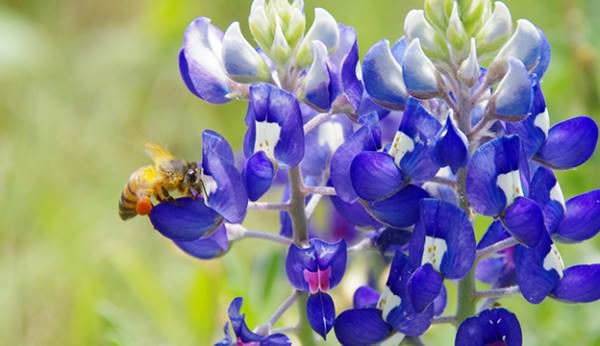
If you’re planning a container garden and thinking you don’t have room for both flowers and vegetables, think again. Your vegetable and flower garden can be one and the same! There’s also no reason that edible container gardens can’t be as attractive as ornamental planters. Pairing up good companion plants that include vegetables, herbs, flowers and fruits—with height and shape in mind—can create a patio, rooftop or yard that is as enjoyable to the eye as it is to the palate.
Bringing In Native Plants
Adding native flowering plants to your edible container garden has a multitude of benefits. You’ll be providing nectar for butterflies, bees and other pollinators that in turn will pollinate your plants and help to increase your yields. You’ll also be inviting beneficial insects to your garden that can naturally control the populations of pests known to cause crop damage. As an added bonus, you’ll have attractive flowers to add color, beauty and variety to your garden and that will attract local wildlife, including butterflies and hummingbirds, for you to joyfully observe.
Native plants are usually defined as having grown in a particular area prior to humans settling there. They provide food sources for native insects and other wildlife, and many have added benefits, such as being edible, medicinal or aesthetically pleasing. Native plants can be wildflowers, grasses, herbs, woody plants or trees.
Attracting Bees and Other Pollinators
Bees often get a bad rap, and it seems that many people confuse them with yellow jackets. The truth is that bees are responsible for pollinating a huge number of food crops, so if there’s a pollinator you want to attract to your edible garden, bees are it. Butterflies and moths pollinate a large number of flowers, and in some areas, bats pollinate plants that have nocturnal flowers.
Many pollinator-friendly native plants can be good companions to your edibles and can be successfully grown together in planters, keeping in mind that plants in a container should have similar soil and moisture requirements. Another option is to create native plant containers that can grow alongside your vegetable planters.
Either way, keep in mind sizes, shapes, colors and textures of plants to make a productive container that’s equally as attractive. Use the traditional “thriller, filler, spiller” technique, incorporating a tall plant, a rounded/full plant and a trailing plant in one planter, for an endless number of native and edible plant combos.
Stinging Nettles (Urtica dioica)
Hardiness Zones 3-10

Nettles, despite their sting, are a wonderful companion plant in a garden, as they help release volatile oils in other plants, repel pests like aphids and attract beneficial insects. Often considered a weed, nettles spread enthusiastically, so they might be be best planted in their own container.
Harvest nettles with gloves and long sleeves to avoid coming in contact with their stinging hairs. Once cooked or dry, they will no longer “sting.”
Nettles are considered a superfood, high in iron, calcium, vitamins A and C, and other nutrients. They are also used medicinally in a variety of ways. Nettle tea is used as a fertilizer, especially in biodynamic farming techniques.
Asters (Aster spp.)
All Hardiness Zones
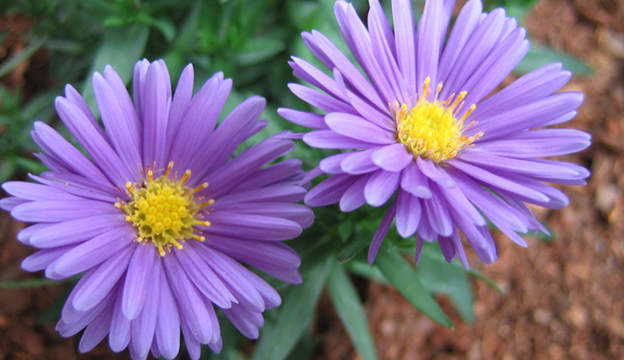
Check for natives to your particular area. Asters are attractive late-season bloomers that attract all kinds of beneficial insects and repel insect pests. Try planting with cherry tomatoes for a bold purple-and-red combination in late summer/early fall.
Cardinal Flower (Lobelia cardinalis)
Zones 2 to 9
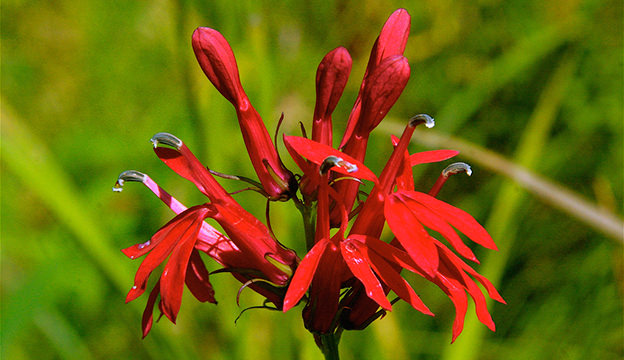
Cardinal flower is a beautiful, brilliant-red lobelia known for its attractiveness to hummingbirds. Cardinal flowers and other lobelias prefer partial sun and moist soil, so try them paired with edibles that have similar needs, such as greens, carrots, beets, turnips and cabbage.
Wild Lupine (Lupinus perennis)
Zones 3 to 9

Lupine is in the bean family and is a fantastic nitrogen fixer, loved by permaculturists. It’s also attractive to bees and butterflies, and is a beautiful flower. Plant lupine with broccoli, corn, leafy greens or any other heavy nitrogen users.
Bee Balm (Monarda didyma)

Another pollinator magnet, bee balm is a lovely burst of color among your vegetables and herbs. It’s said to repel pests in soil, which is helpful when planted among edibles. It also has been said to improve flavor of tomatoes. Bee balm is easy to grow, preferring full sun and moist soil. Flowers and leaves can be dried and used for herbal tea, traditionally known as Oswego tea. It also has a variety of medicinal uses.
Blueberries (Vaccinium species)
Zones 3-10

Blueberries, one of the few widely cultivated native North American fruits can be grown very successfully in containers in most growing zones. A large healthy plant will produce hundreds of flowers to attract native bees and honeybees needed for pollination—but the bees will likely visit your other plants nearby, as well. Blueberries need a high-acid soil or soil with an acidic fertilizer added and should be watered frequently.
Anise Hyssop (Agastache foeniculum)
Zones 4-9
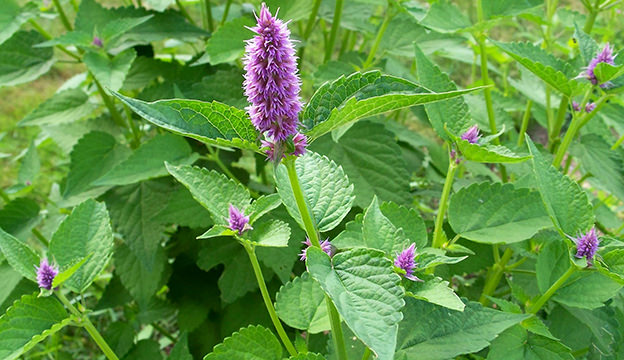
This licorice-flavored plant in the mint family is a Midwest native that grows well just about anywhere. It can be interplanted with other veggies and herbs to attract all kinds of bees and butterflies. Later in the season, when it goes to seed, it becomes a magnet for finches and other seed-eating birds. It also makes a wonderful herbal tea.
Purple Coneflower (Echinacea purpurea)
Zones 3-8
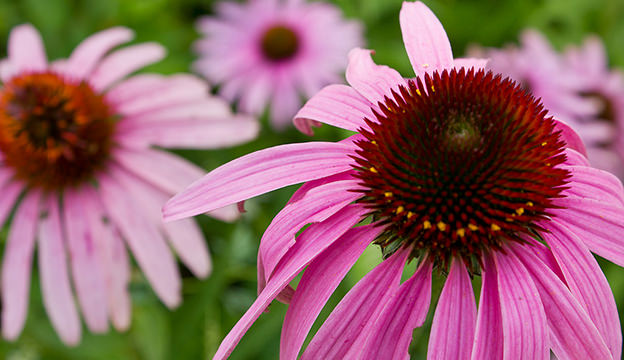
Native to Midwestern prairies, coneflower is a stunning plant that attracts butterflies and bees. Echinacea is also well known for its medicinal properties. Provide it full sun and interplant it with lower-growing vegetables, like squash.
Native Phlox (Phlox spp.)
Zones 4-8

Phlox comes in many varieties, blooms in the spring, and will attract beneficial insects and pollinators. Creeping phlox makes an attractive “spiller,” draping over the side of your planter, and is a butterfly magnet. It likes partial shade, so plant it under taller veggies.
Yarrow (Achillea millefolium)
Zones 3-9
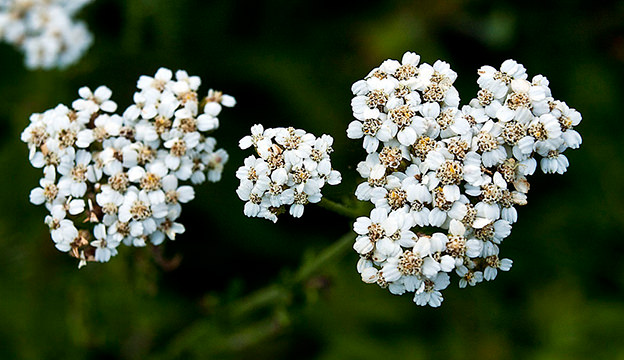
Yarrow is another super plant revered by permaculture enthusiasts and biodynamic farmers. It’s known for repelling insect pests, attracting many beneficial insects and acting as a fertilizer. It grows easily in most zones and in most soils. Yarrow has a variety of internal and external medicinal uses. It comes in many colors, but white yarrow is considered the best variety for medicinal preparations.




